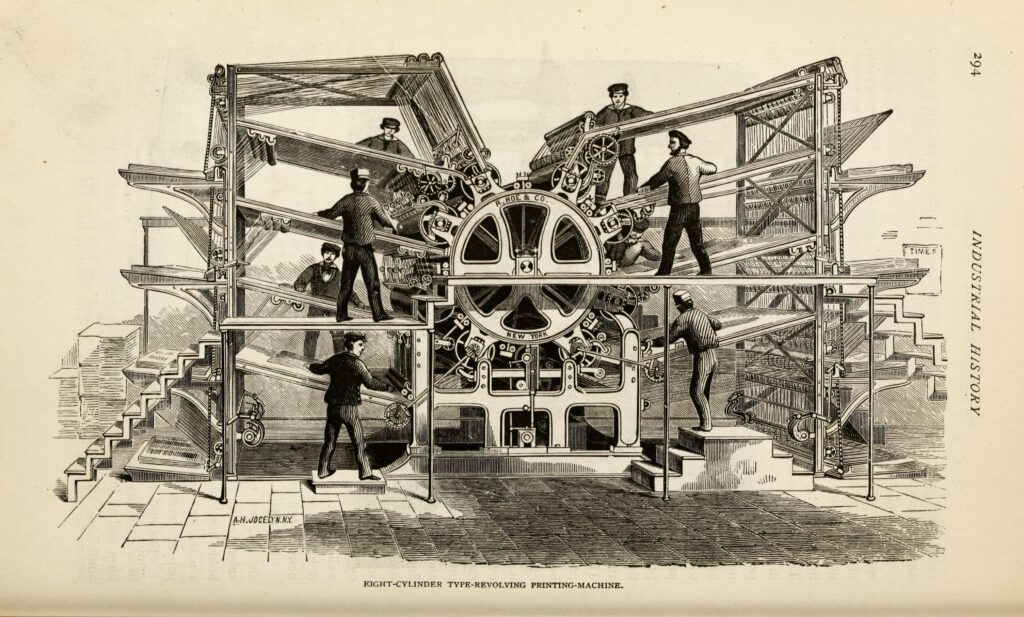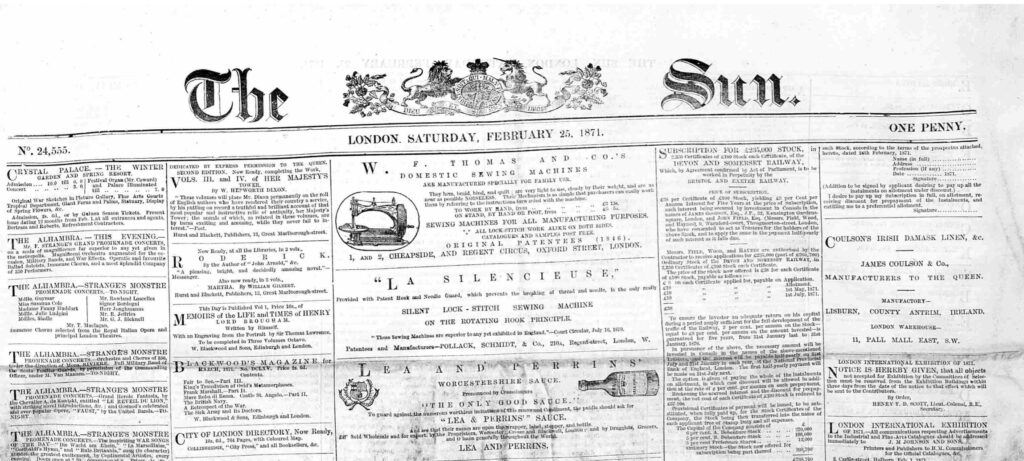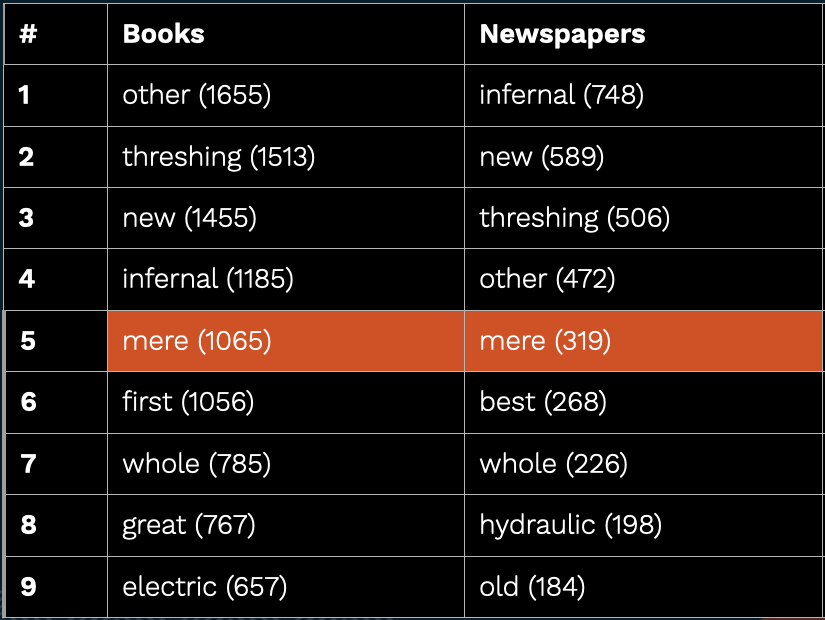Stop Press! The Living Machine
New Research Article Published!
Humans make machines, we make them in our image. They are very different to us, but they are also quite like us too. These similarities have caught the imagination, inviting the use of figurative language and metaphors in the way we describe them. This language can be slippery or even hazardous, and it matters because it affects how we think about the place of machines in our world. We explored this issue in a new Open Access article called ‘The Living Machine’, which I outline in this post.
Are machines alive like we are? Or are they more like the lifeless metal from which they are usually made? These questions have recurred throughout history because machines sit on the fuzzy boundary in our imagination between the living and the not. Although we know they aren’t alive, they move, they work, and now they chat too. The extent to which machines can now manipulate human language has intensified interest in this issue, whose ethical and political implications are important to grasp. It was with this in mind that we used a language model to explore the historical roots of the human-machine relation. The results of this work are published this month in the leading history journal Technology and Culture.

Britain in the long nineteenth century was the first society in the world transformed by industrialisation, with the widespread dissemination of machinery. Luckily, it was also home to a rich print culture in which we find discussion, reportage, and debate about those material changes, in literary works as well as in newspaper reporting.
Writers have long made use of metaphors and figurative language to describe machines as if they were alive. Machines are often said to have driven history. In the same way that a train ’runs rapidly through the night’, the steam engine is often said to have changed the world. In both cases, machines are granted agency, whether deliberately – by artistic licence – or unconsciously, like a slip of the tongue. Either way, the semantic field around the word (and concept) ‘machine’ is one of the most complex to analyse and interpret.

We created a large text corpus using open source datasets, above all, digitised collections of nineteenth-century books and newspapers from the British Library. Using a language model, specifically trained on nineteenth-century books, we explored these texts in new ways. Scholars are accustomed to searching for keywords in texts, but machine language cannot always be found with a simple keyword search. We devised a method we call ‘figurative search‘, which could help find turns of phrase and longer forms of syntax which followed a particular pattern of interest.


Machine figures have a long history, with their own linguistic features that recur in different times and places. Aristotle was perhaps being the first to compare slaves to machines in Ancient Greece. This metaphor returned with interest in Victorian Britain, when the semantic field surrounding ‘machine’ was shaped by rapid industrialisation, workers’ rights and abolitionism.
As well as these complex political figures, we also explored the most common ways that machines were described. As well as the projection of human features – anthropomorphism or personification of machines – we found the opposite tendency: the dehumanising language of ‘technomorphism’, in which humans are compared to machine or machine parts.
A surprising result within our corpus was that of all the adjectives used alongside ‘machine’, it was the word ‘mere’ that was among the most common. In a range of contexts, from fiction to reportage, the trope of the ‘mere machine’ was perhaps the most significant. Despite the well-known Victorian reverence of sublime technological power, we found that this complex, rhetorical figure-of-speech was extremely widely used to disdain machines and people who acted like them.

We believe that used judiciously, language models can be used to probe and explore large corpora in powerful new ways. The process of training a model such as ‘BLERT’ (the version of the better-known BERT that we trained on nineteenth-century books from the BL, and which is publicly available here is a way to make sense of trends and patterns within a corpus it would be difficult to observe any other way.
An example of this relates to change over time, perhaps the key point of interest for historians. By deliberately training BLERT on restricted time periods, we were able to observe how new words came to replace old ones, just as machines replaced humans in the workplace.
The work we have published in Technology and Culture only hints at what might be possible using data science methods to address questions in the humanities.
By making our code and methods open (see our GitHub repository) we hope others will pick up the baton and experiment with other datasets. We hope others will explore their own areas of interest, which may include historical themes around the politics of gender, race and class and the ways they are always implicated in language.
This kind of experimental work has only been possible thanks to the unique collaboration between historians, data scientists and linguists in the multidisciplinary environment of the Alan Turing Institute.
Full paper
Daniel C.S. Wilson, et al. “The Living Machine: A Computational Approach to the Nineteenth-Century Language of Technology.” Technology and Culture, vol. 64 no. 3 (2023): 875-902. https://doi.org/:10.1353/tech.2023.a903976
GitHub Repository / Code:
https://github.com/Living-with-machines/TheLivingMachine
Models
https://github.com/Living-with-machines/histLM
DataSets
British Library Newspapers: https://bl.iro.bl.uk/catalogutf8=%E2%9C%93&search_field=all_fields&q=hmd14
British Library Books: https://bl.iro.bl.uk/concern/datasets/888b314f-8b94-420d-8a97-f9c1e08949f5
Further Reading and Inspiration:
– Leo Marx, ‘Technology: The Emergence of a Hazardous Concept’. Technology and Culture, vol. 51, no. 3 (2010): 561–77. https://doi.org/10.1353/tech.2010.0009.
– Bruno Latour, ‘Where Are the Missing Masses? The Sociology of Mundane Artefacts’. In *Shaping Technology/Building Society: Studies in Sociotechnical Change*, edited by Wiebe Bijker and John Law, 255–58. MIT Press (1992). http://www.bruno-latour.fr/sites/default/files/50-MISSING-MASSES-GB.pdf
– Eric Schatzberg, Technology: Critical History of a Concept. University of Chicago Press (2018).
– Tamara Ketabgian, The Lives of Machines: The Industrial Imaginary in Victorian Literature and Culture. University of Michigan Press (2011).
With thanks to the entire ‘Living with Machines’ team, and our funders at UKRI.
